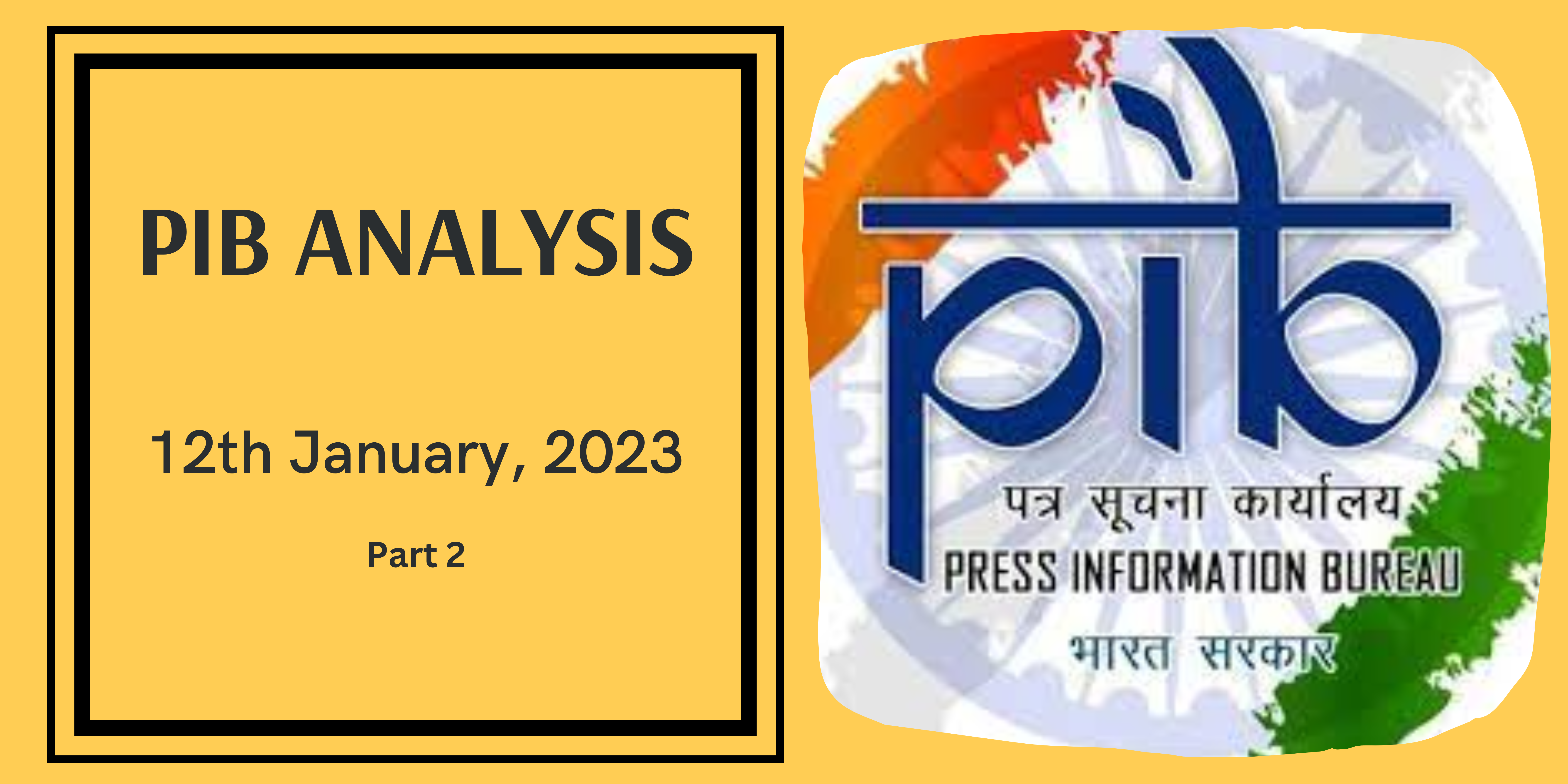Government orders genome sequencing of all COVID cases
Context:
Delhi Health Minister Saurabh Bharadwaj, has reiterated directions for carrying out genome sequencing of all COVID-19 cases in order to confirm the number of cases caused by the JN.1 variant.
Relevance:
GS-03 (Biotechnology, Health)
Genome sequencing:
- Genome sequencing is the process of determining the DNA sequence of an organism’s complete set of DNA, known as its genome.
- This involves identifying the order of bases in the entire genome, utilizing automated DNA sequencing methods and computer software to handle the extensive sequence data.
- International projects collaborate to map the genomes of all life on Earth, including plants, animals, and fungi.
Genome and Genome Sequencing
- The genome, consisting of DNA instructions in a cell, guides the development and functioning of an organism. Human genomes include mitochondrial DNA and 23 pairs of chromosomes in the cell nucleus.
- DNA, the chemical substance carrying growth and development instructions, is organized in a double helix structure with nucleotide bases (A, T, G, C). Genes, units of DNA, contain instructions for protein synthesis.
Sequencing and Genome Sequencing:
- Sequencing determines the base order in DNA strands, with researchers decoding the genetic fingerprint through genome sequencing. While the sequence of base pairs is universal in humans, variations make each individual unique.
Whole Genome Sequencing:
- This laboratory procedure determines the order of bases in an organism’s genome in a single step.
- Steps include DNA shearing, DNA barcoding, sequencing, and data analysis using bioinformatic tools to compare sequences and identify differences.
Human Genome Project:
- Initiated in 1990 and completed in 2003, the Human Genome Project aimed to sequence the human genome, identifying 20,000-25,000 human genes.
- Objectives included creating research tools for studying diseases and addressing ethical, legal, and social implications of genetic technologies.




